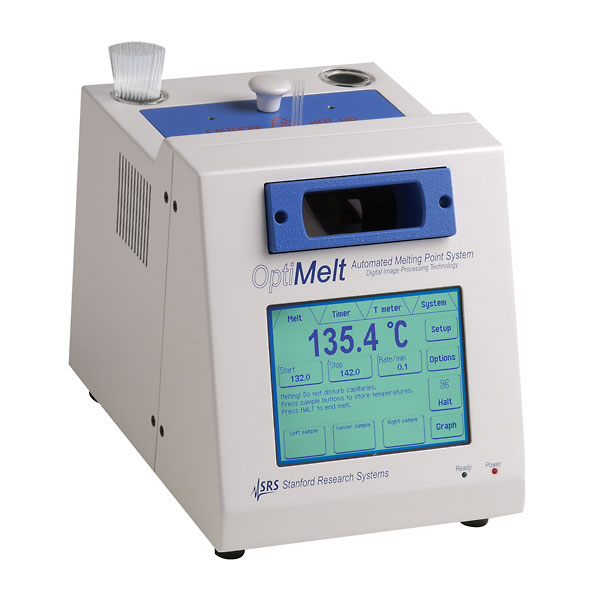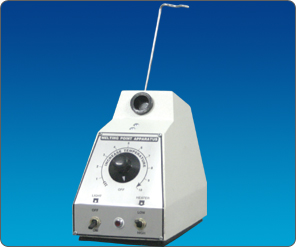
The presence of impurities will give a depressed (lowered) melting point with a wide melting range.Ī compound is also pure when the mixed melting point of equal portions of the compund and an authentic melting point sample is sharp and not depressed.

The melting point provides reliable information about the purity and identity of a compound.Ī pure solid has a sharp melting point, i.e. In practice, however, a melting point is actually recorded as a temperature range: the first temperature, when the first drop of liquid forms the second temperature, when the last crystal dissolves. Melting point is the temperature at which the solid phase is in equilibrium with the liquid phase. Shouldn't the mixed melting point of a 1:1 mixture be depressed for both compounds, i.e., even less than 50☌? Do you record the temperature when you see the first drop of liquid and record a second temperature when the sample is a liquid?įAQ: How do crystal size, sample size, rate of heating, or having a wet sample influence the accuracy of measuring the melting point and/or its range?įAQ: During lab class, can I leave my thermometer in the Gallenkamp apparatus between melting point measurements? What happens if I leave it in there?įAQ: What do I do with my old melting point tubes?įAQ: When taking multiple melting points, must you wait until the Gallenkamp apparatus cools down to room temperature before measuring the melting range of the next sample?įAQ: Is there any way to quickly cool the Gallenkamp instrument?įAQ: How much sample should I put into the melting point tube?įAQ: How come, I can fit only two melting point tubes into the Gallenkamp when there is space for three?įAQ: Suppose I have two pure compounds, one which melts at 100☌ and the other melting at 50☌. Thermometer Calibration: Theory and Practical Lab TipsįAQ: What's the dial on the Gallenkamp instrument for?įAQ: What is the best way to determine the melting point of my sample?įAQ: Can I use the boost switch to quickly determine the melting point?įAQ: When you observe a melting point, you are watching a solid change into a liquid. If the two samples are different, the melting point will be depressed.Melting Point: Theory and Practical Lab Tips If the unknown sample is identical to the known sample, the melting point will remain unchanged.

This time, make sure that the increase in temperature is no more than 2oC per minute.

Once a melting point range is determined, prepare another capillary tube (tubes should only be used once and then discarded) and set the MEL-TEMP to the appropriate power level, based on the power level/temperature chart.Observe the melting process though the magnifying lens. Set the MEL-TEMP at a high enough level to make a rapid determination of melting point.

Place the capillary tube in the MEL-TEMP melting point apparatus.Force the crystals to slide to the bottom of the tube using one of the following methods: tap the tube (open end up) on the lab bench drop the capillary tube through a 2-3 foot piece of glass tubing or rub the capillary tube along a piece of wire gauze. Put the capillary tube (open end down) into the crystals and tap it on the bottom of the crystallization dish to get the crystals into the tube. Fill a capillary tube with crystals about 3 mm high.


 0 kommentar(er)
0 kommentar(er)
